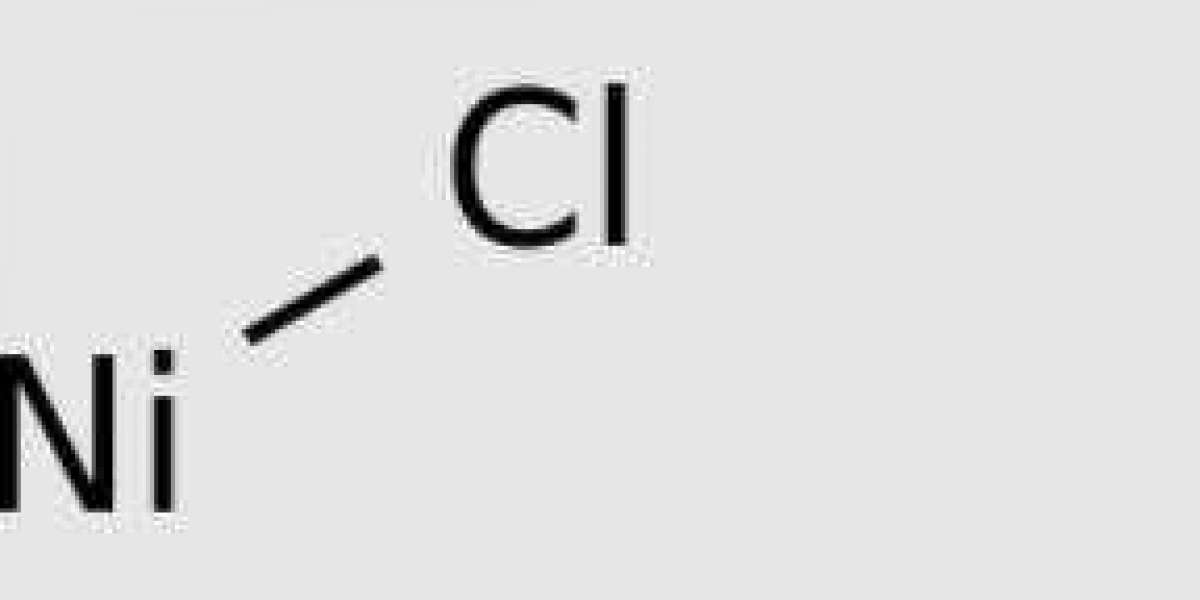Nickel chloride is a Ionic compound composed of metal and nonmetal. Due to the nature of Chemical bond between these ions, it is called Ionic compound in nature. In this ionic bond, the metal provides electrons to the non-metal and carries a positive charge, while the non-metal receives electrons and carries a negative charge. Therefore, in the compound Nickel(II) chloride, nickel is a metal, and the outermost layer has two Valence electron while chlorine is a non-metal, and the outermost layer has seven Valence electron. Each chlorine atom obtains 1 electron from nickel, so nickel obtains+2 charges by providing 2 electrons to each chlorine atom. Each chlorine atom will obtain negative charges by accepting electrons to complete its octet.
Physical properties of Nickel chloride
The molecular weight of Nickel(II) chloride is 129.593 g/mol (anhydrous) 237.69 g/mol (hexahydrate)
Its density is 3.55 g/cm3 (anhydrous) and 1.92 g/cm3 (hexahydrate)
The melting point is 1001 ° C, 140 ° C
Chemical properties of Nickel(II) chloride
The chemical formula of Nickel(II) chloride is NiCl2
Anhydrous salt is yellow, while the more familiar hydrated NiCl2.6 H2O is green
Nickel(II) chloride reacts with sodium hydroxide to produce sodium chloride and Nickel(II) hydroxide 2 NaCl+Ni (OH
Health hazards of Nickel(II) chloride
Inhalation of Nickel(II) chloride can irritate the nose, throat and lungs
Contact can irritate and burn skin and eyes
It may cause skin allergies
It can cause itching and rash
Safety measures for Nickel(II) chloride
Before using Nickel(II) chloride, you need to read the instructions carefully.
Use with appropriate ventilation.
Do not inhale steam
Stay away from drainage ditches, surface water, and groundwater.
Avoid contact with skin, eyes, and clothing.
Wash contaminated clothes before wearing them again.
Do not eat, drink, or smoke during work.
Wash your hands before eating.
Minimize the generation and accumulation of dust as much as possible.
Use of nickel chloride
Nickel(II) chloride is used to electroplate nickel on other metal substances.
Used for nickel plating and zinc plating.
It is used as an auxiliary for nickel electrolytic refining.
Used as an intermediate for nickel catalysts and complex nickel salts.
In addition to other uses, it is also used as an absorbent of ammonia in industrial Gas mask.



